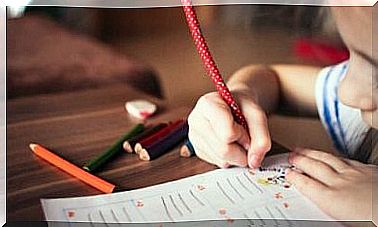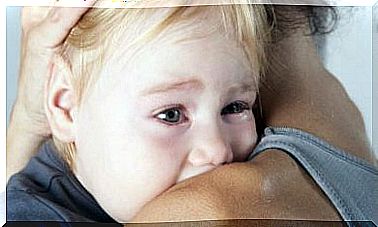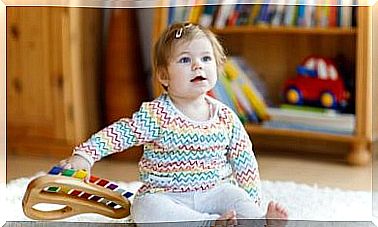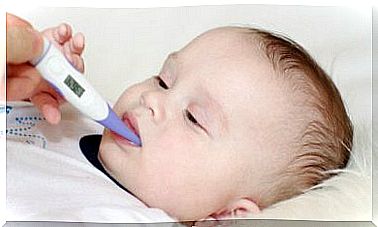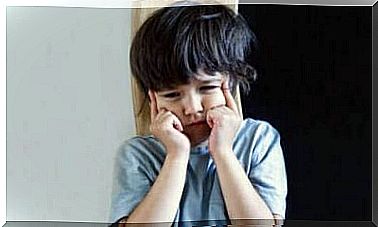Best Relaxation Methods For Children By Age
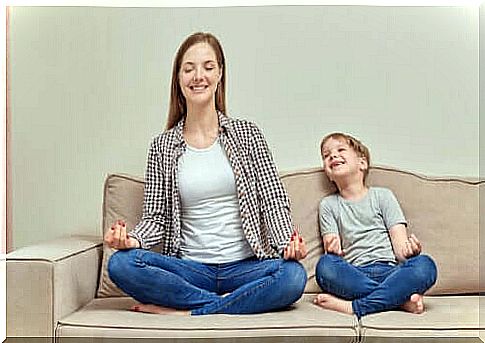
Parents and children need to relax. The society in which we live makes it essential to take a moment for our well-being. Children are sometimes nervous and restless, whether out of anger or frustration, and they need to relax. Next, we’ll look at some relaxation methods for children according to age.
You’ve certainly already put into practice some of the techniques we’re going to talk about here, but it ‘s always a good idea to have the methods to use for your child’s age to help them relax.
Benefits of Using Relaxation Methods for Children According to Age
Relaxation is good not only for adults, but also for children. The fact that we can use different techniques adapted to the child’s age will make this task easier. Let’s look at some of the benefits of using these techniques:
- Decrease the level of anxiety.
- Stop stuttering.
- Preventing Asthma Attacks.
- Improve sleep quality and problems.
- Increase the quality of the child’s learning.
- Decrease the frequency of nervous tics.
- Improve concentration and memory.
- Improve the overall well-being of children.
- Reduce muscle tension.
- Help control emotions, especially in cases where children have tantrums and aggression.
Relaxation methods for children according to age
Every parent has had to fight with a child who was angry, frustrated, tired or nervous about having to give a presentation at school. As a mother and psychologist, what I recommend most is to apply relaxation techniques, both for parents and children, in order to combat stress.
At home, I use them quite often with my son and besides, we do the activity together. This is another way to spend time with the little ones. Let’s see what methods we can use according to the child’s age.
For babies from 0 to 3 years old
At these ages, children participate less, so we should use techniques through which parents can help them relax.
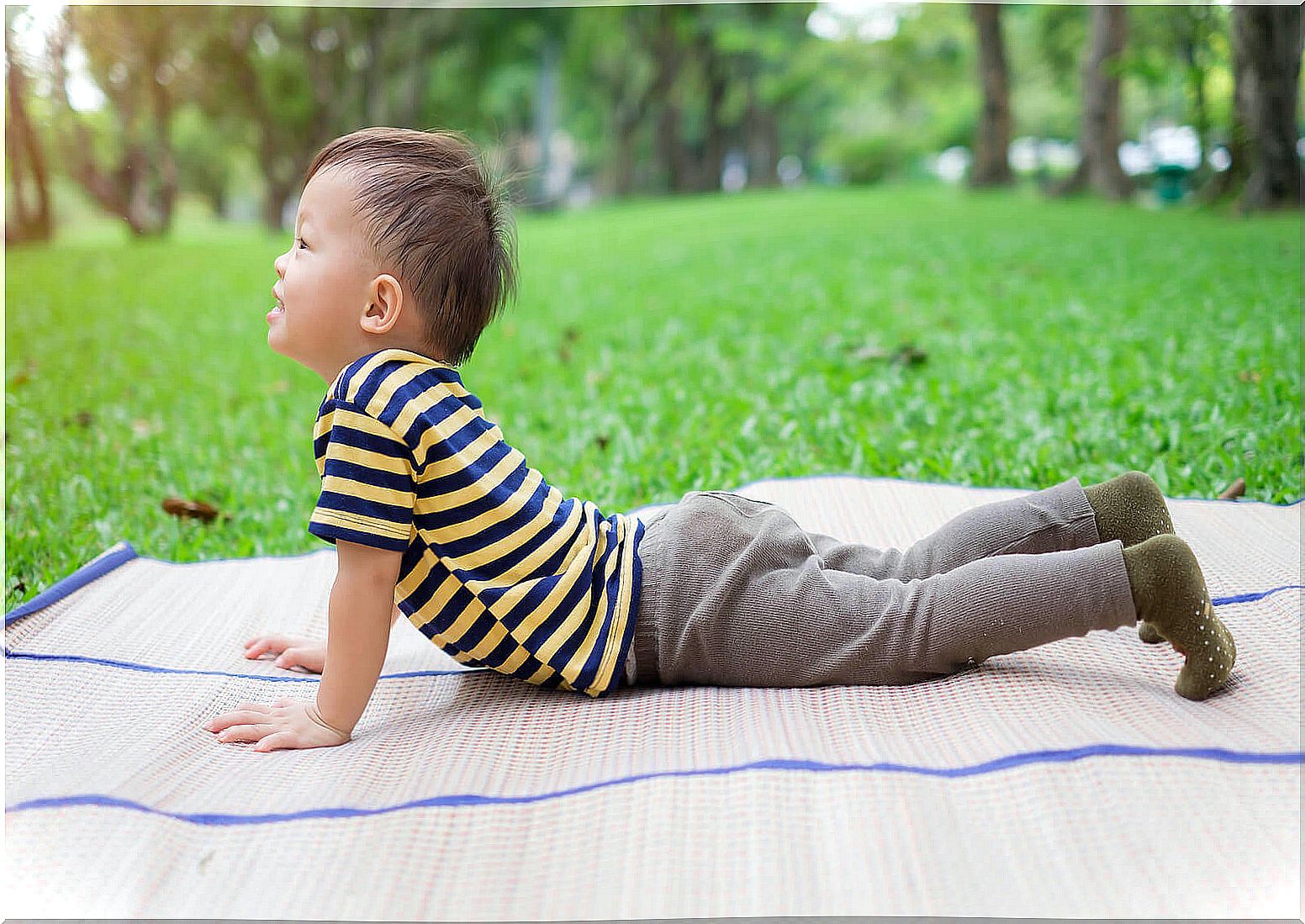
Shantala Massage
This technique consists of stimulating, relaxing and helping the child to sleep through touch. It is important to give these massages when the baby is calmer, not in the middle of a tantrum. We can count on the help of calm and light music, subdued lighting and an adequate temperature in the space.
Massages are aimed at the following parts of the body: feet, legs, belly, back, chest, arms and hands. On the internet, we can certainly find some examples of how to do this massage.
calm pot
This method can begin to be used when tantrums break out, around the age of two. We can build a calm pot so that when we shake it, the glitter moves and gets out of control, just like the child did at that moment, and as the glitter drops and settles in the bottom of the pot, the child starts to relax.
For children from 3 to 7 years old
In this stage, the children’s participation is more active than in the previous one.
turtle technique
Here, the child must imagine that it is a turtle and therefore it will have to lie on its stomach. Let’s tell her the sun has set and the little turtle has to sleep. Then she will have to slowly shrink her legs and arms until they are under her back, which will be the hull. After that, we advise the child that it’s already dawn and that he can leave the hull again the same way he entered.
ant technique
It is similar to the previous one. It is enough for the child to imagine that he is an ant and that he needs to shrink in order to be very small, and as he transforms, we ask him to relax his muscles.
balloon technique
It is about making the child imagine that he is a balloon and that he needs to breathe deeply to fill his lungs. After that, she should exhale very slowly. This process must be repeated several times.
This technique is very effective for children with ADHD issues. It is important that when doing these activities, children control their breathing so they can calm down and relax their muscles.
Other Age-Based Relaxation Methods for Children
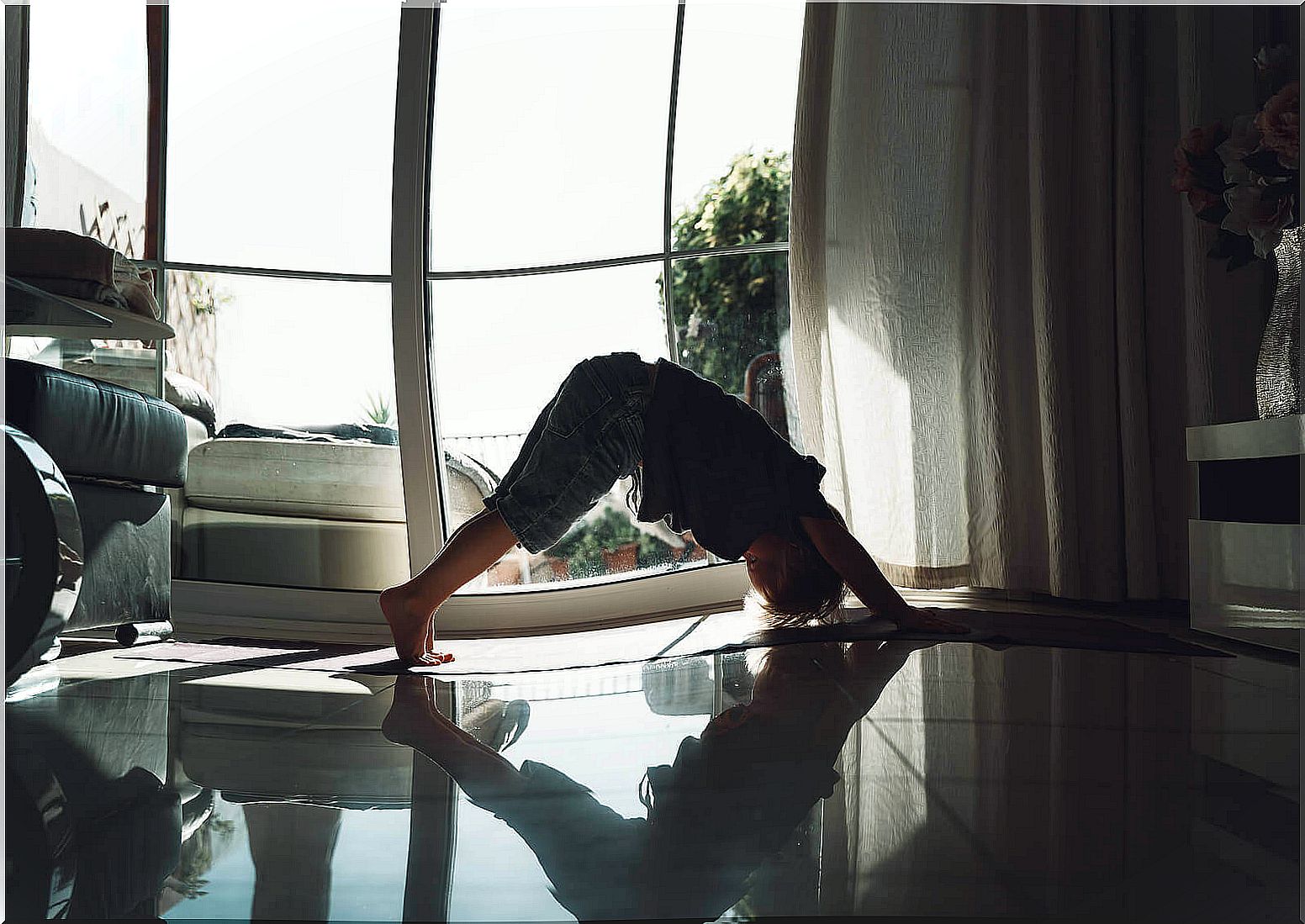
For children from 7 to 9 years old
At this age, children already have better control over themselves, so we can use some methods that are a little more complex.
rag doll
First, we must ask the child to tense the muscles and move like a robot. After a minute of being a robot, we’ll ask her to imagine she’s a rag doll. In this way, the arms, legs and torso need to be relaxed. So, we’ll take her limbs and we’ll have to be able to move her as if she really were a rag doll.
mindfulness
We can accompany this technique with music and it can be guided by us or any audio we find about meditation. It is important that the adults accompanying the children during this activity, sitting on the floor, silent and watching everything that happens around us while we’re standing.
paint mandalas
This method is becoming more and more widespread and can be done by both children and adults. It is a very relaxing activity that frees the mind from any thoughts other than colors. Painting mandalas helps develop patience and reduces anxiety levels.
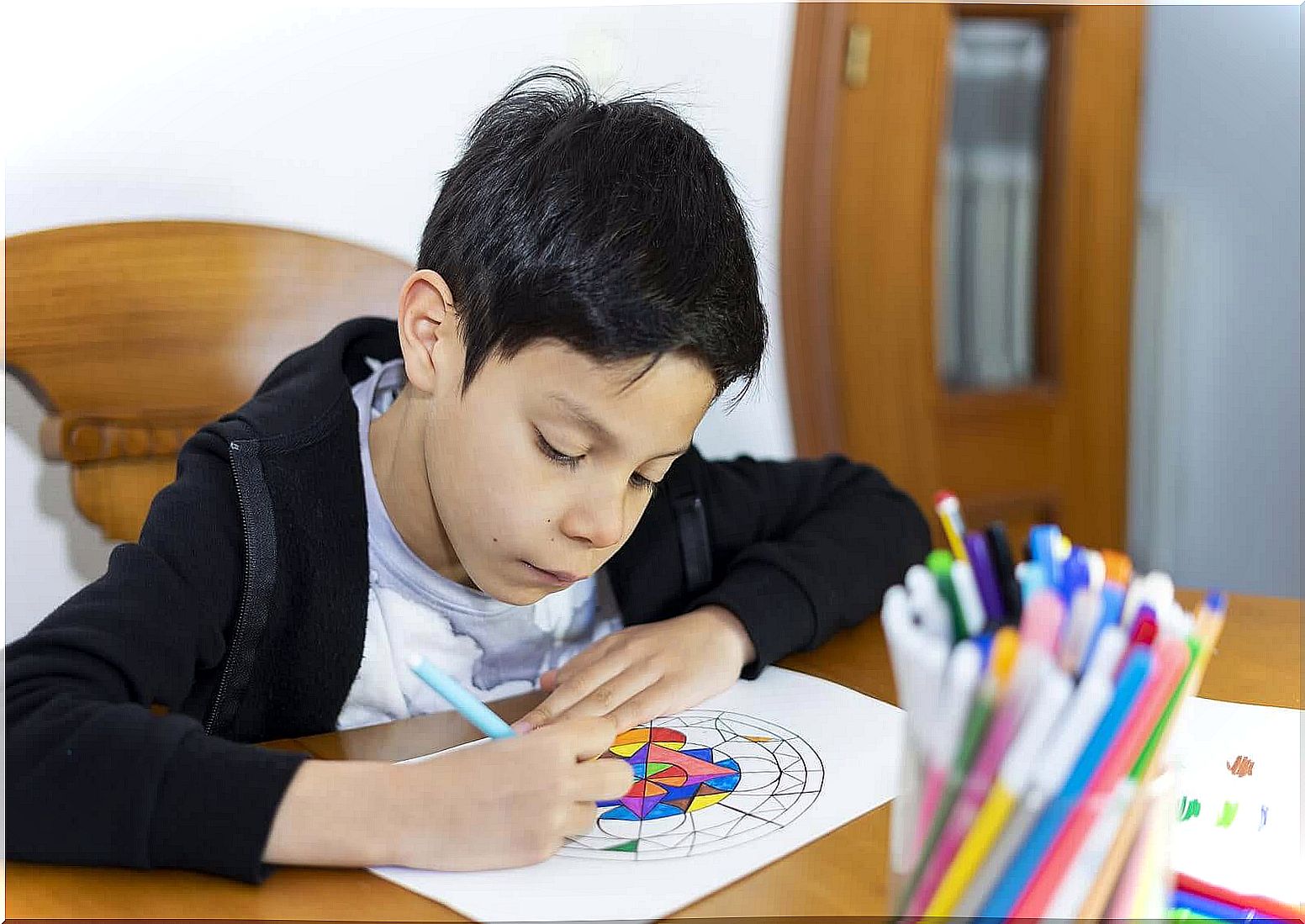
For children from 9 to 12 years old
At these ages, we can use any technique that helps the child to relax and that can be applied in any situation where he feels nervous, for example, before a test. One of the methods we can use is Jacobson’s progressive muscle relaxation. Also, if children practice it often, they will find it very easy to apply it when necessary.
The idea is to tense the different parts of the body for 10 seconds and then relax them gently. Breathing should be done by inhaling deeply for a few seconds and exhaling slowly.
In short, we’ve introduced some of the age-appropriate relaxation methods for kids that are sure to come in handy in situations where both you and your children need to relax.
Currently, we are immersed in a constant coming and going where stress is a part of life, but we must know how to stop for a while and find a moment for our own well-being and for the well-being of our children. So what are you waiting for to put all these techniques into practice?


